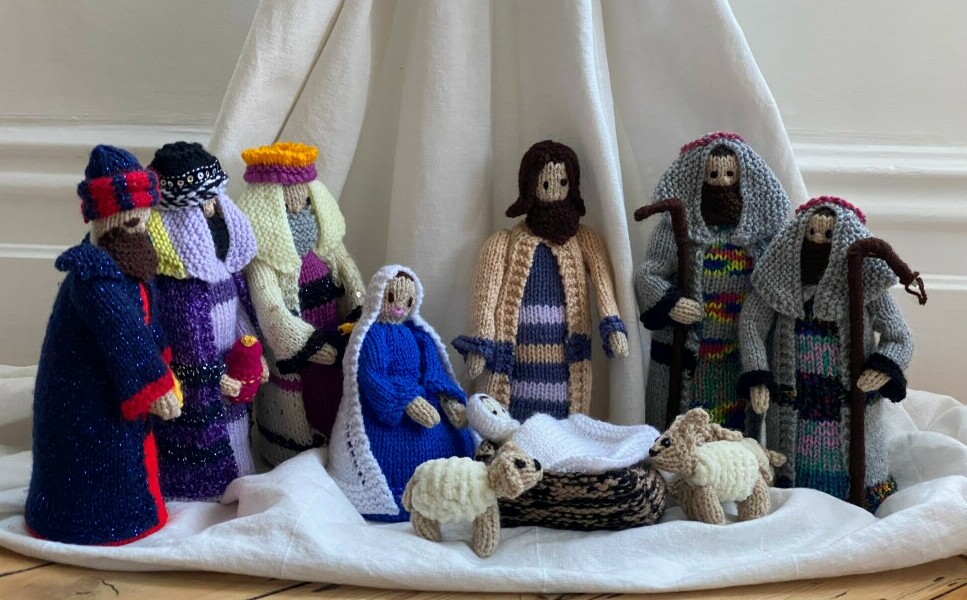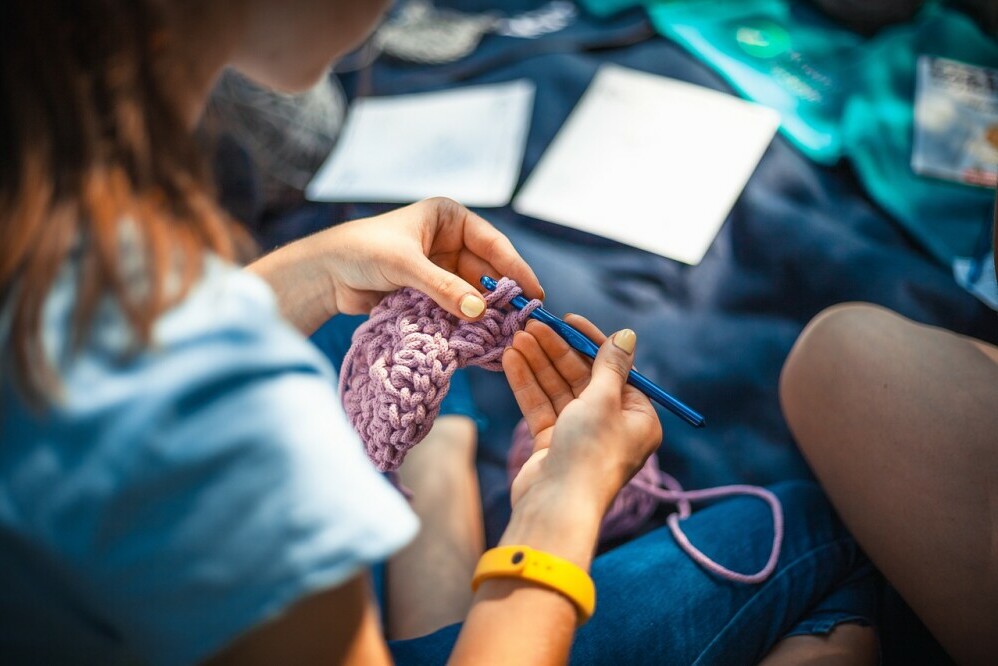If I were to explore the knitting industry today, with an eye on knitting for wholesale, it would be insightful to recognize the distinct path it offers for business growth. Transitioning from retail or custom orders to a larger scale operation, here’s how I see the advantages unfold.
First, grasping the extent of the wholesale knitting market is crucial. Wholesalers serve as a vital link between manufacturers and the retail market, which enables you to focus on production while tapping into an established sales network.
This market understanding sets the stage for a successful foray into knitting for wholesale.
 Knitting For Wholesale
Knitting For Wholesale
I see the core advantage of wholesale knitting in the ability to scale up production. It’s not just about making more; it’s about efficiency and the impact on costs.
By ordering materials in bulk, you can reduce the price per unit and increase your profit margins. This advantage magnifies as production ramps up.
Wholesale can do wonders when it comes to increasing one’s brand reach.
By selling to various outlets, you can put your products in front of a broader audience without the direct cost of customer acquisition. This strategy may establish your brand presence faster than a purely direct-to-consumer approach.
There is more potential for stabilizing revenue streams because bulk orders offer a more predictable income compared to individual sales, which can fluctuate seasonally. This stability can be attractive when managing cash flow and forecasting future business investments.
Lastly, You can harness the power of diving into diverse markets. Online platforms, local boutiques, and even international shops can become avenues for wholesale distribution, allowing you to reach customers far beyond your immediate locale. The opportunity here isn’t just in sales — it’s in the brand story that can travel across borders.
Challenges to Consider When Knitting For Wholesale

Scaling up your knitting to wholesale levels is an ambitious move, and it comes with its own set of trials. Quality control, for one, becomes paramount. Getting more products out to the market shouldn’t mean compromising on the handmade touch that likely drew customers to your brand in the first place. Balancing higher output with maintaining the standard of your knitted goods requires careful planning and perhaps even some investment in skilled labor.
Building relationships with retailers is a complex dance. It demands a thorough understanding of contracts, mutual expectations, and a knack for negotiation. Wholesale partners may require exclusives, or impose terms that could strain your fledgling business if not managed sensitively.
Another critical aspect is inventory management. Overproduction leads to excess stock that eats into your storage space and working capital.
Conversely, underproduction can result in missed opportunities and dissatisfied customers. Anticipating market demands isn’t just about intuition; it involves data, trends analysis, and sometimes a bit of calculated risk.
The financial impact of unsold inventory can be significant, affecting not just your bottom line but also your ability to reinvest in your business. It’s essential to have a strategy for dealing with items that don’t sell as expected, whether through discounts, donations, or diversifying product use.
Finally, as your knitting business leans into the wholesale arena, you might find a tension between what you love to create and what actually sells. Commercial viability may dictate design choices, leading to a creative compromise. Achieving a balance where your artistic integrity isn’t sacrificed for sales is crucial and sometimes challenging.
In light of these challenges, nonetheless, transitioning to a full-fledged knitting business does present an array of opportunities.
Setting the Foundation: Launching a Knitting Business with a Wholesale Strategy
Establishing a knitting business goes beyond creating beautiful, handcrafted items; it’s about laying a solid foundation where creativity meets commerce. When I think about starting any venture, I emphasize the importance of structure. For a knitting business, setting up a formal entity, such as a Limited Liability Company (LLC), is a good start. This provides not only legitimacy but also protection for personal assets.
Market research is crucial. I can’t stress enough how vital it is for you to know WHO your customers are and WHAT they’re looking for. Conduct surveys, analyze competitors, and get a clear picture of demand. It will guide your product development, pricing, and marketing strategies.
A sustainable business model doesn’t just happen, it’s carefully crafted.
For knitting businesses, this could mean identifying the balance between custom-made orders and ready-to-sell collections. Figuring out the right mix can sustain cash flow and customer interest.
Bringing wholesale into the fold of your business from the get-go can seem daunting, but it’s a strategic move. It broadens your customer base and distribution channels. As you position your products in various marketplaces, each sale reinforces your brand and expands your reach.
I advise a dual approach to marketing: connecting with local artisans’ markets or craft fairs while also building an online presence. Social media, an e-commerce website, or platforms like Etsy can elevate your brand visibility. Engage with your community and collect feedback to refine your offerings.
Remember, building a reputation in the crafting world is a marathon, not a sprint. Consistency in quality, engaging with your customers, and staying true to your brand values make your knitting business not just a source of income, but a part of people’s lives.
Loyal customers become brand ambassadors, and in the wholesale world, that could become gold.

This article highlights the benefits of wholesale knitting, emphasizing scalability, cost-efficiency, and increased brand reach. By ordering materials in bulk, production costs decrease, leading to higher profit margins. Wholesale distribution also expands brand visibility without the direct cost of customer acquisition, while stabilizing revenue streams and tapping into diverse markets offer additional advantages for growth and expansion.
Hi, I was very interested to read your article because it is a business which can be started with very little capital, so long as you have the necessary skills and motivation to do it. Your article explains the difficulties of finding the right clients and continuing difficulties and efforts required for growing and scaling your business. I imagine this is not at all easy, and as you say it is a marathon and not a sprint, however it is possible for a motivated individual to make a business knitting for wholesale. If you would like I can feature your website on my website called “Businesses To Start On A Shoestring. Alan
Thank you Alan, that would be great.